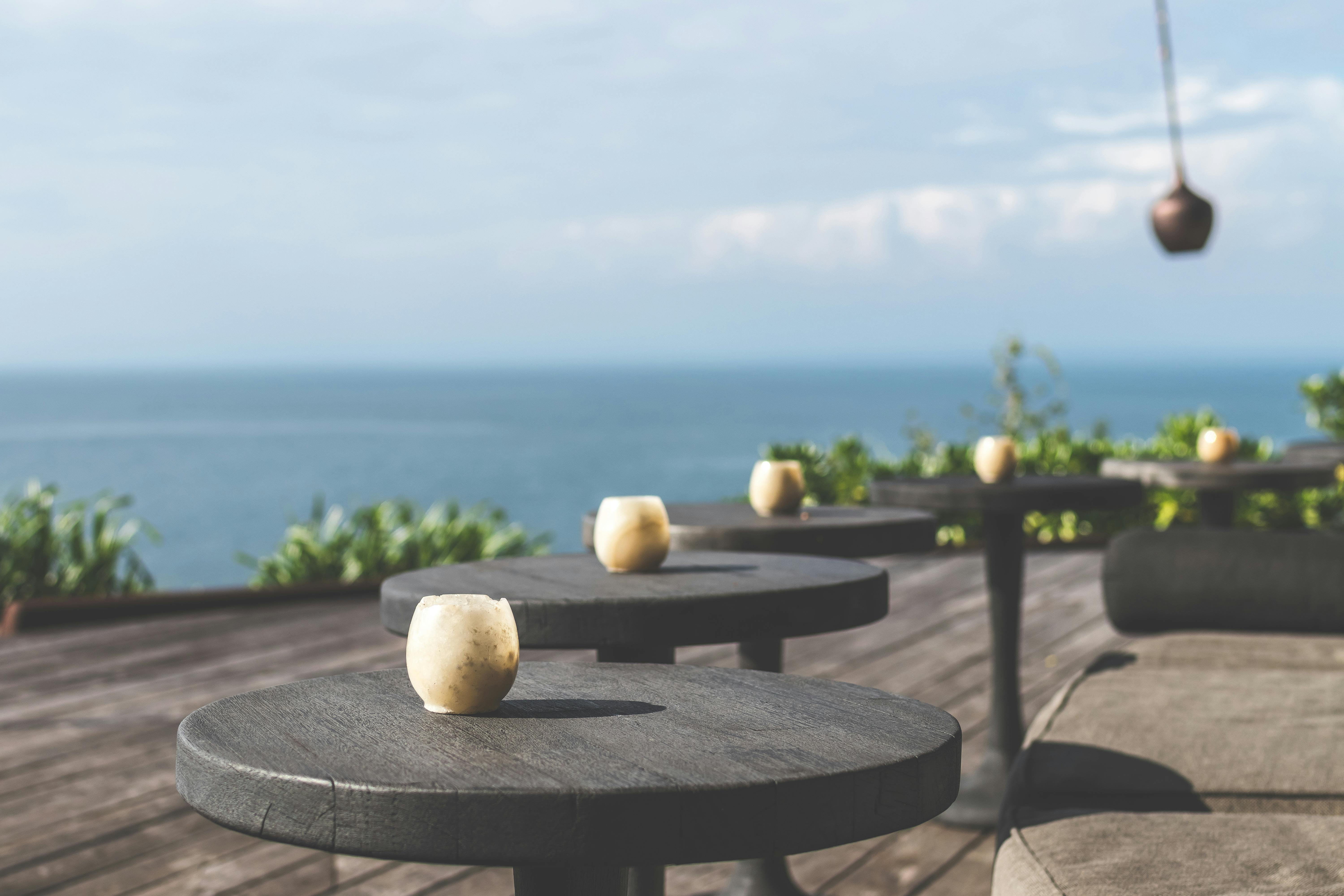This Christmas, I’m going to make a trifle for dessert. After all, what is Christmas without trifles? I’m sure even the pickiest of eaters who eschew cross-cultural dining would find a culinary soft spot for trifles in their hearts and palates if they could hear Charles Dickens attest to it.
I first tried trifle, a couple of decades ago, not in England, where it originated, but on Long Island, New York, at a restaurant called the Fort Salonga Steak Pub, where every Friday night we used to go for dinner. , especially for the trifle. and free house wine. Our friends and neighbors who dined there for the same reason would stop by our table to discuss the kind of trifles the chef was surprising us with that night. For us, trifles and food were about sharing, as was gossip between neighbors. At that restaurant, the customer chose their desert from the desert bar, giving them educational access to the desert chef.
Trifle, as a word, is the offspring of the French word trufle, which means something hackneyed or whimsical. As a dessert, the trifle traced its roots to the culinary arts of the 1700s when cookies, liqueur, and custard were combined. In the United States, this new delicacy found great popularity among plantation owners in the South.
Over the last three centuries, trifles have made their way into literature through the languages of writers, after Oliver Wendell Holmes called them “That most marvelous object of domestic art,” Dickens included them among his “glorious meals” and JK Rowling mentioned them. in Harry Potter and the Philosopher’s Stone.
Trifle not only delights the palate, but also enchants the senses, especially the eyes, as it is an artistic desert arranged in layers, placed in a trifle bowl for effect, and refrigerated for several hours before serving. A trifle bowl is a very large clear glass bowl from which each delicious layer of trifle draws its admirers.
Trifle’s layers are: a sponge cake or even lady fingers soaked in brandy, whiskey or sherry; jelly or jam; lactose; fresh fruit or berries in season; and huge mounds of whipped cream topped with cherries, sprinkles, or nuts. Although whatever makes up the trifle can be made from a mix or sometimes leftover cakes and puddings can be used, a true-to-form gourmet trifle would like their trifle to be made from scratch. Once the layers of the trifle have been arranged, refrigeration for several hours is essential for the flavors to permeate each layer.
There are quite a few kinds of trifles: chocolate trifles, coronation trifles, quick trifles, Black Forest trifles, and the good old-fashioned trifles that English mums make as an alternative Christmas dessert to plum pudding. My trifle won’t take the celebrity route, nor will it come close in taste to Emeril’s desserts or the Criolla Christmas Trifle, but it will shock Santa Claus when it comes down our chimney.
I’m sure of that.
